In the previous post, I showed you some applications of different color profiles and presets to an image that I made. I’m going to do the same kind of thing, but to a raw file that is readily available. It’s a DPR Gallery shot, and you can find it here. I applied various profiles and presets, and white balanced to the shadow behind the girl’s head afterwards. There is one shot that came from a DPR member, who downloaded the DPR raw, and applied the ColorFidelity GFX100 V2 Standard profile.
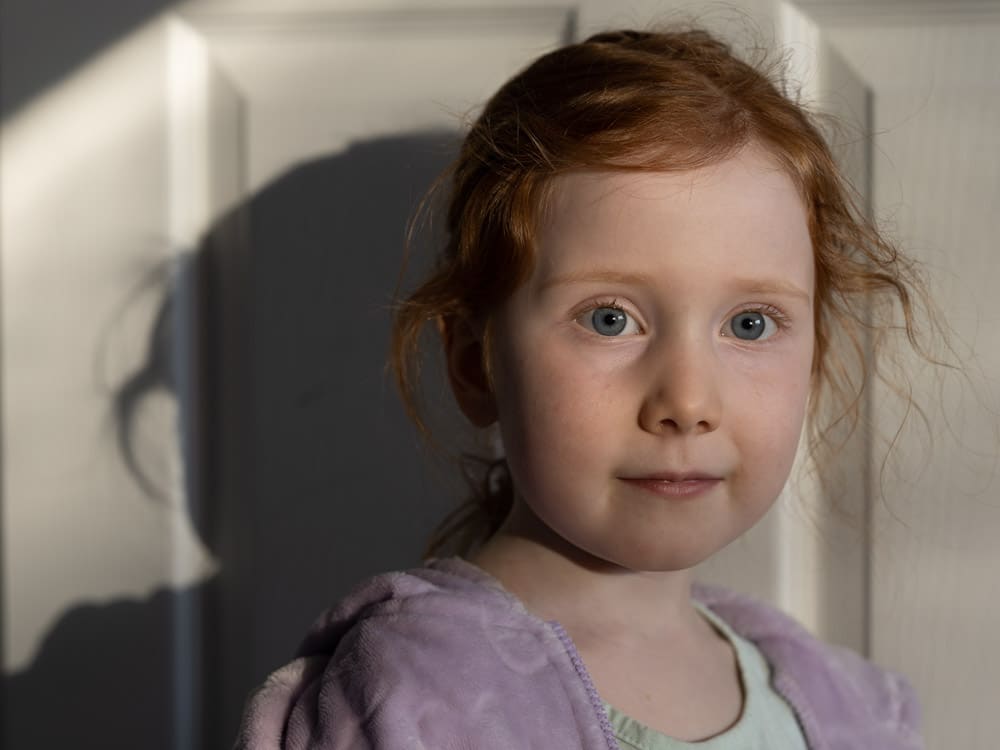
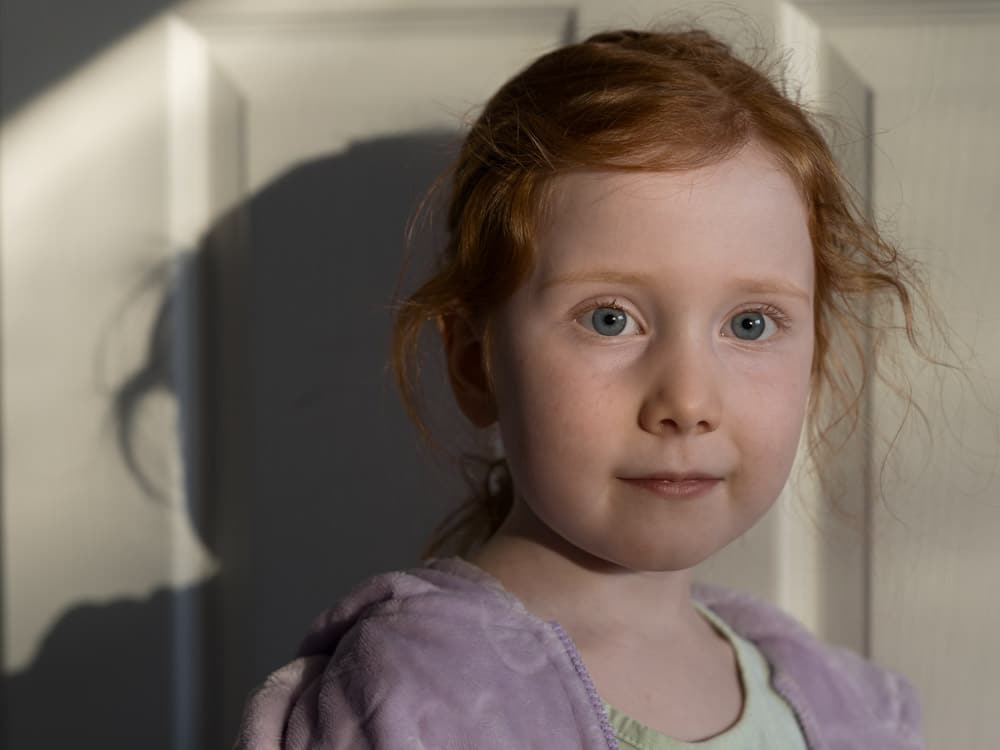
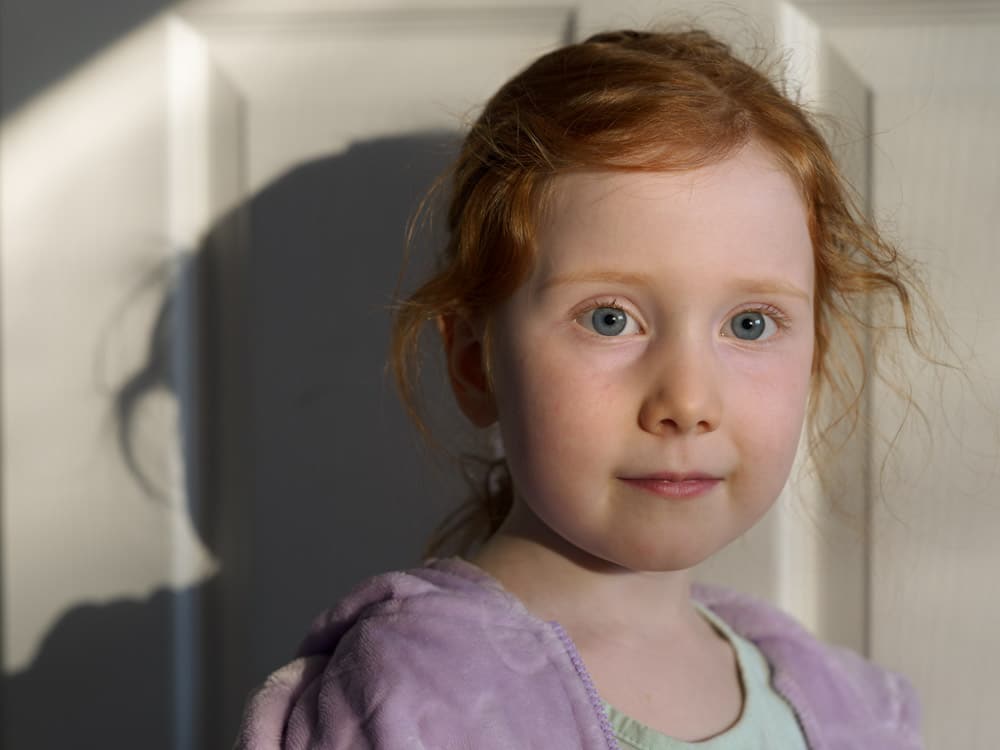
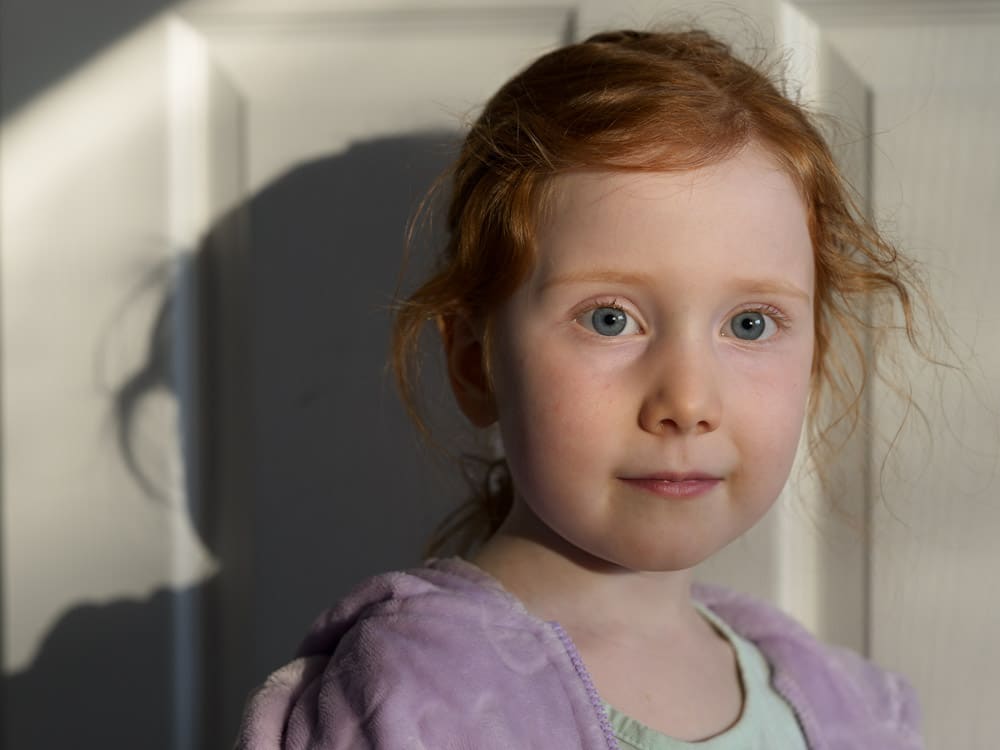
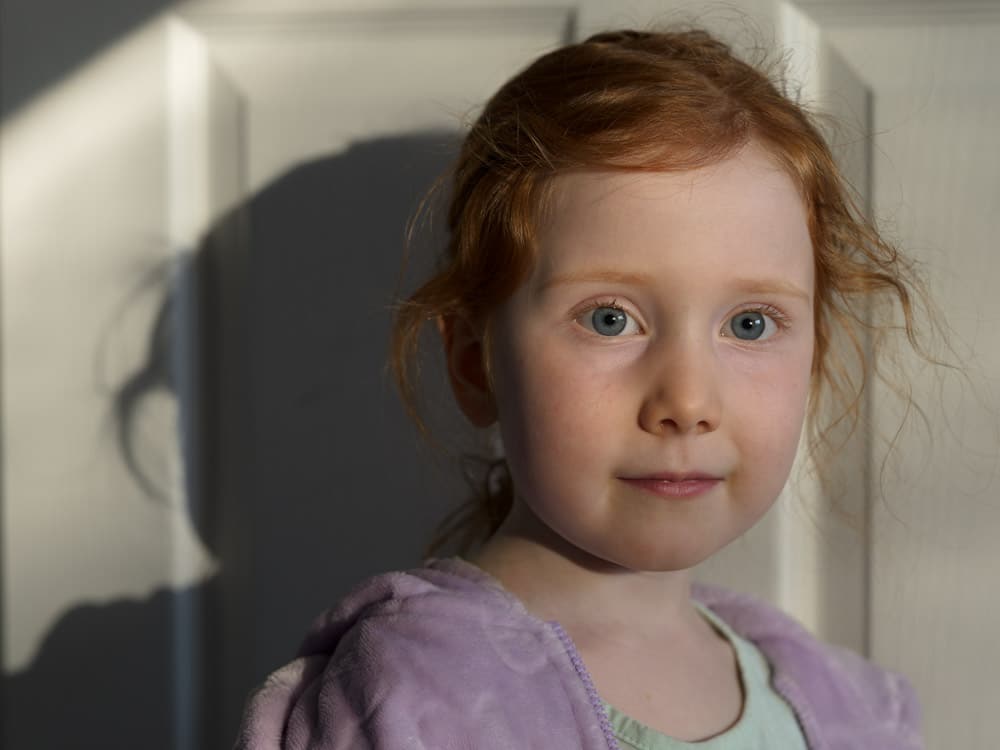
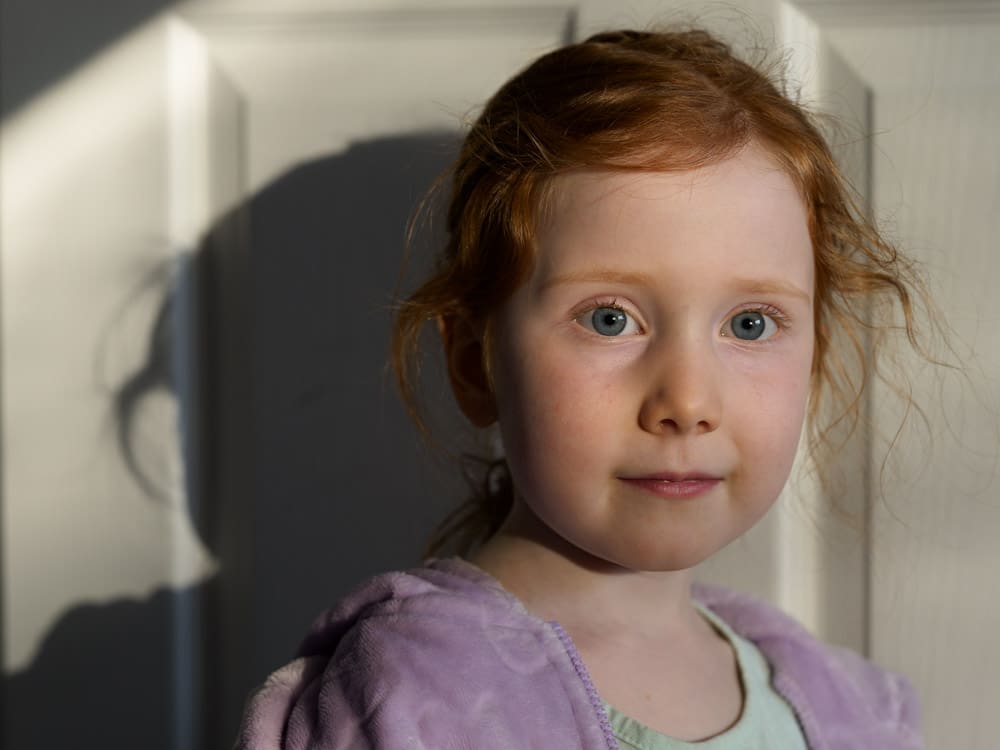
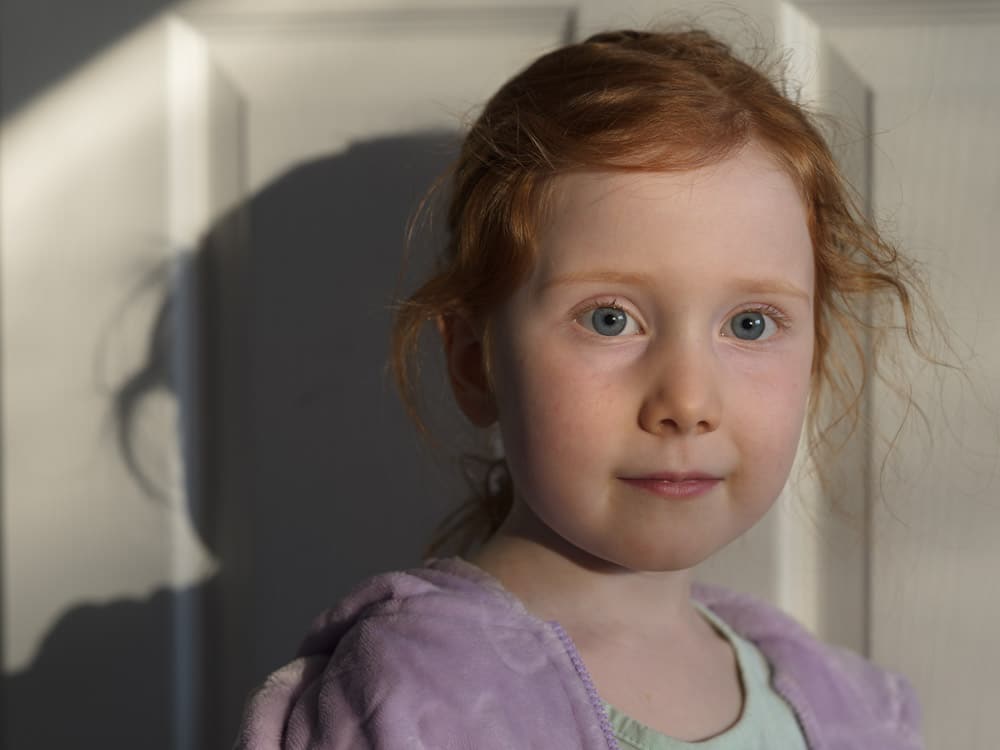
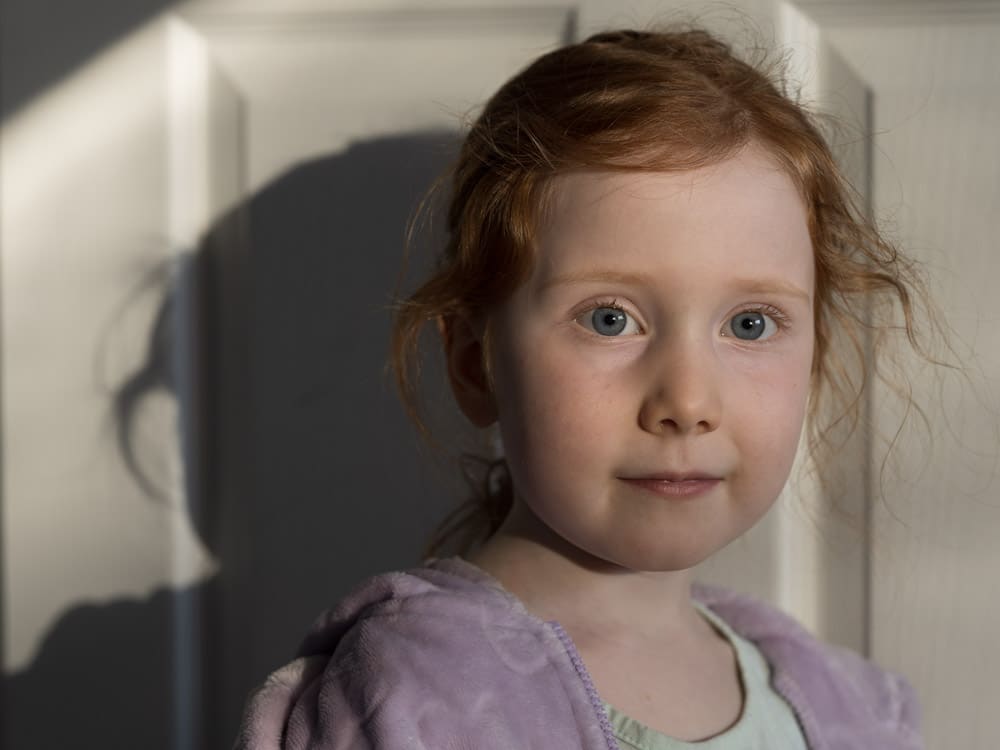
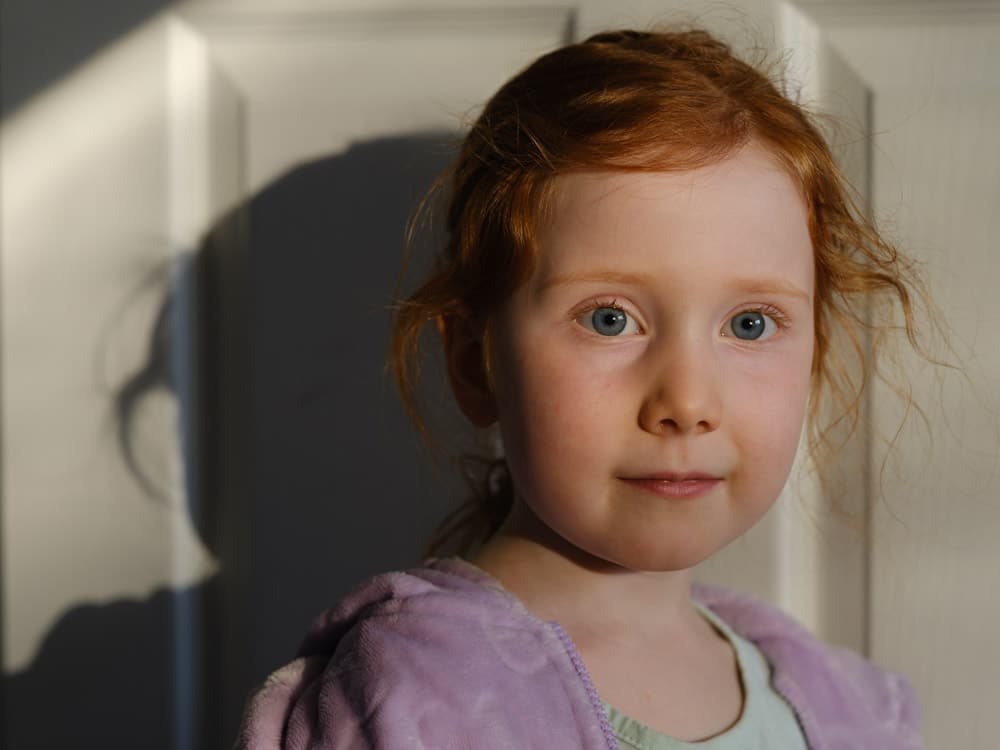
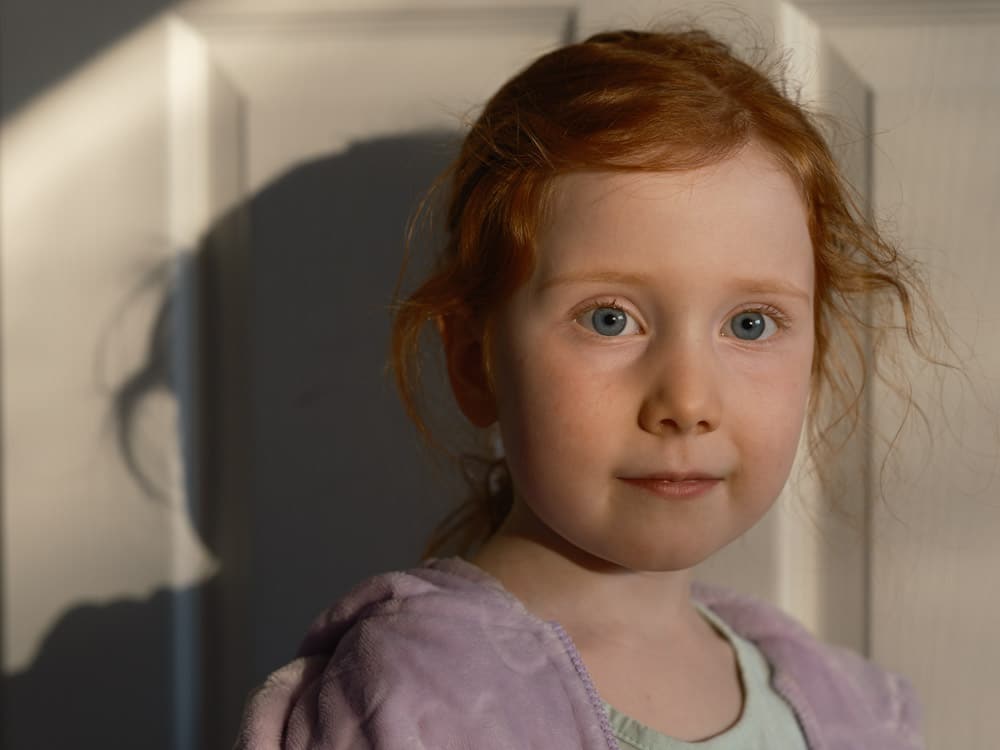
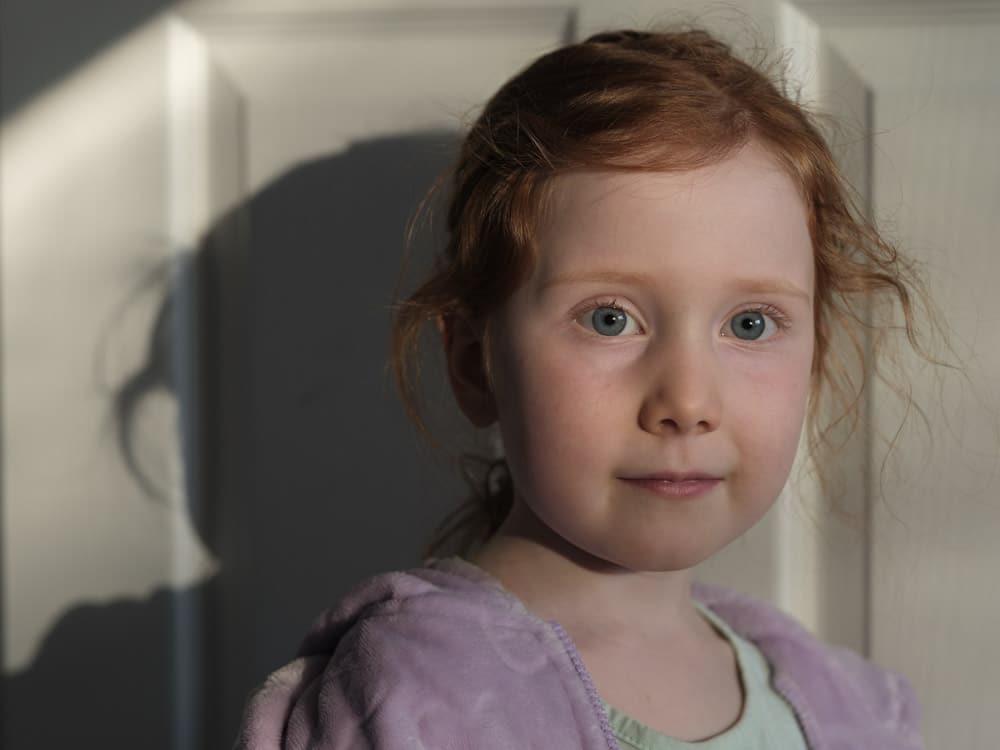
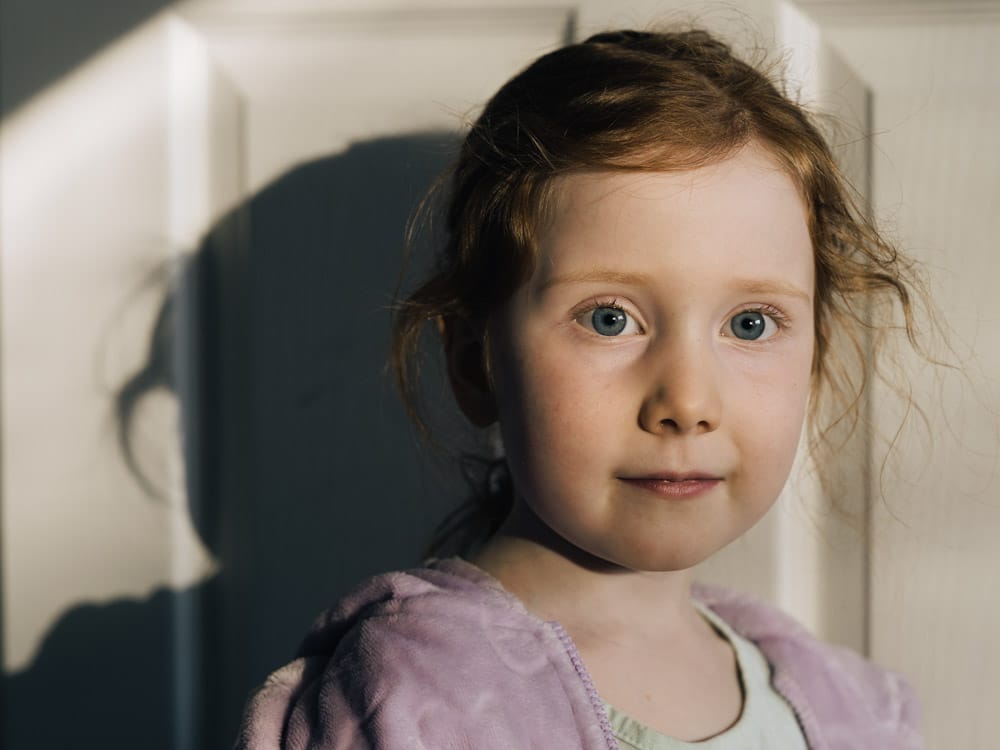
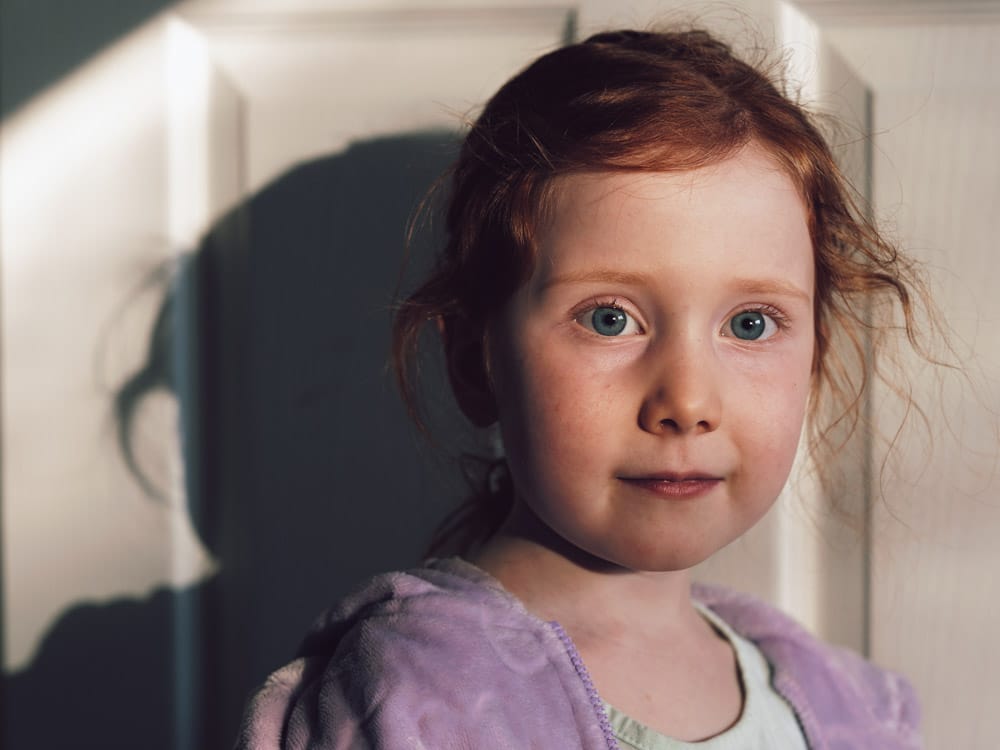
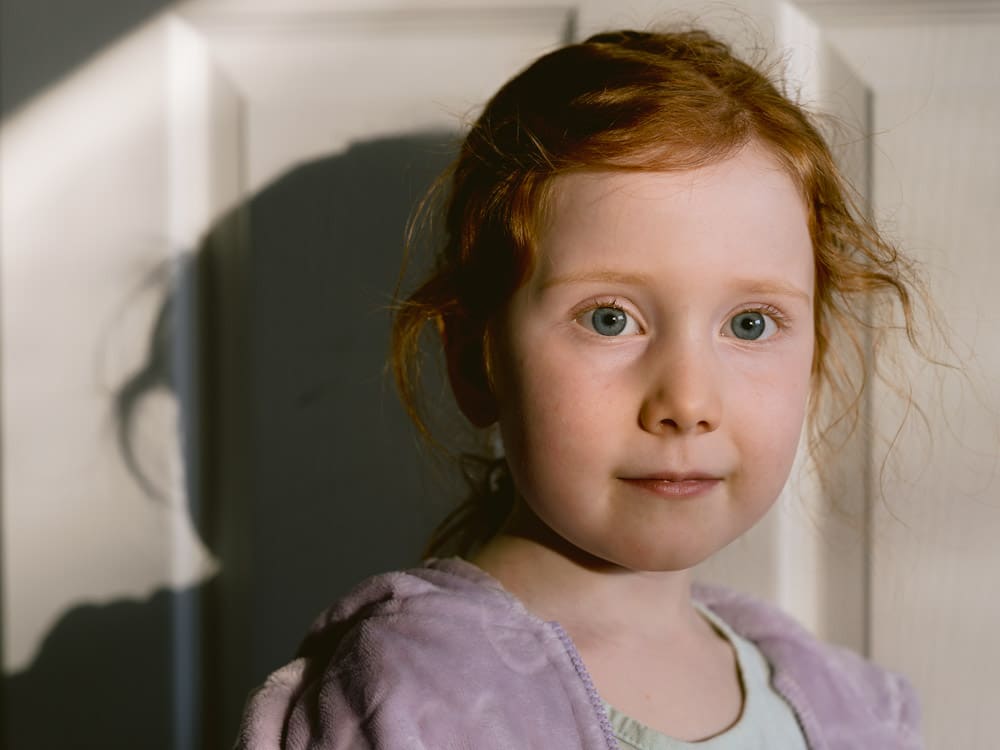
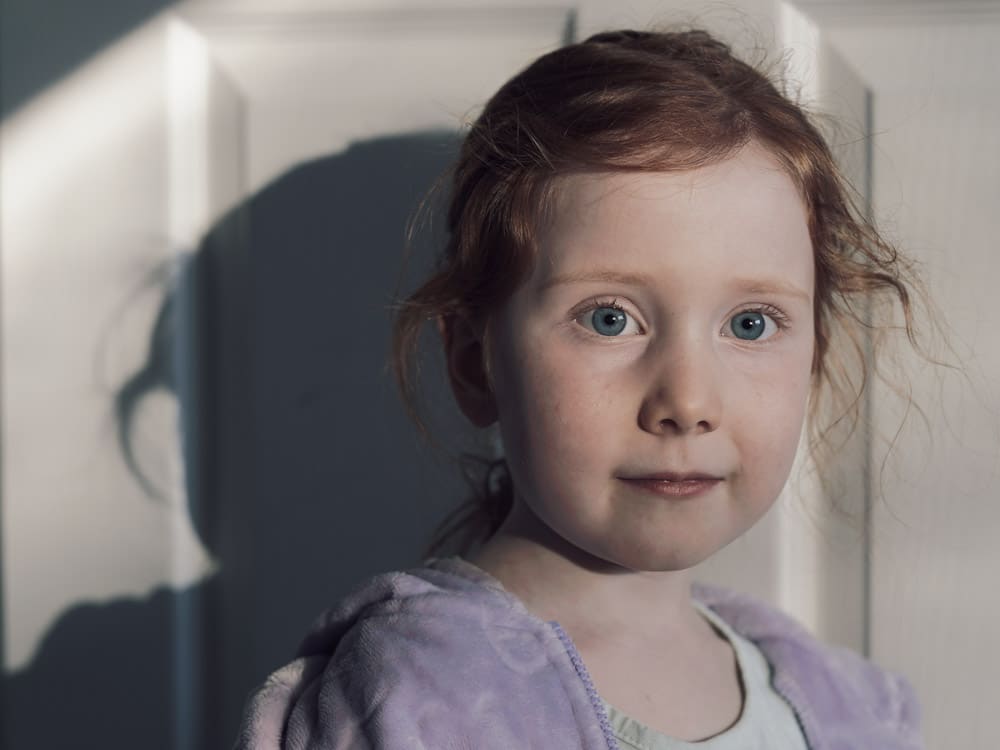
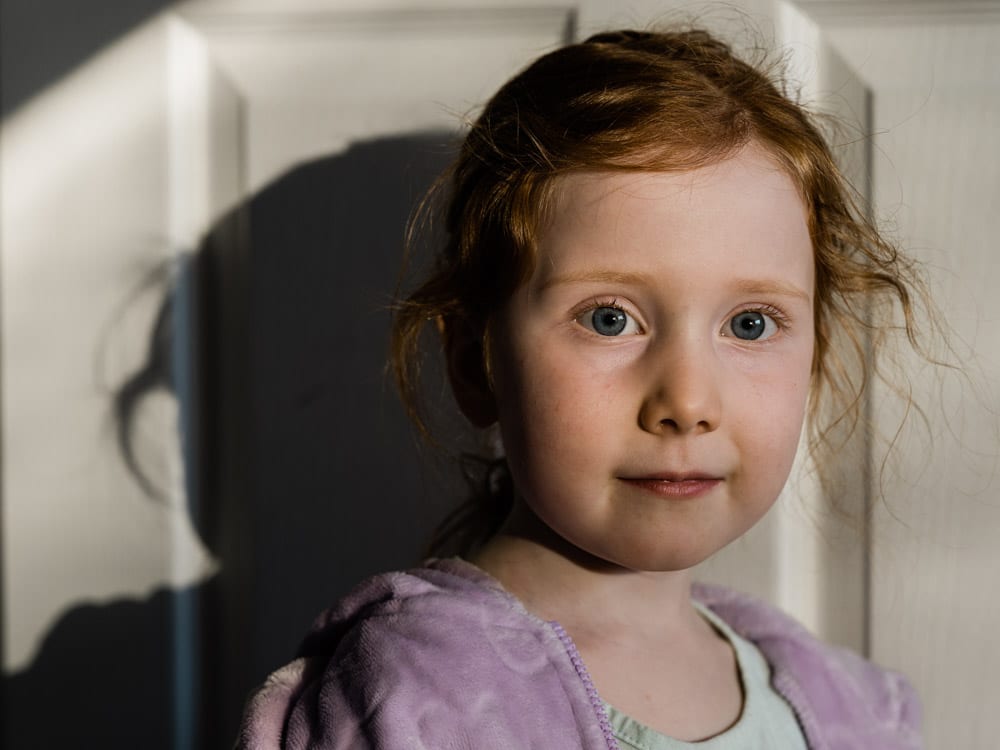
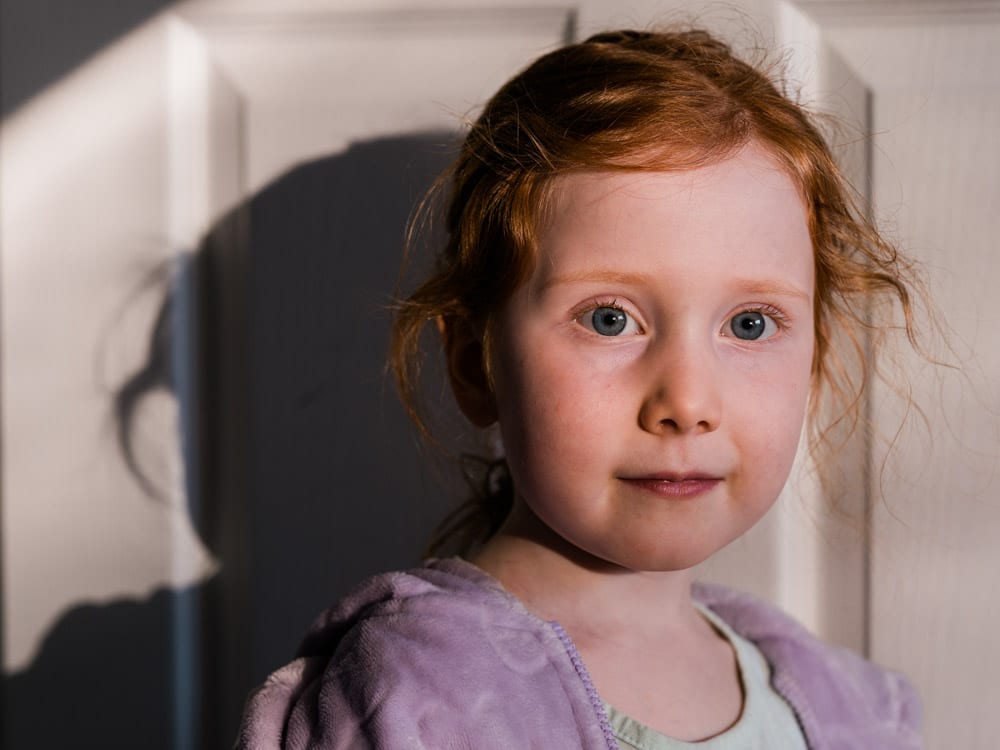
And here are a couple I’m not fond of at all.
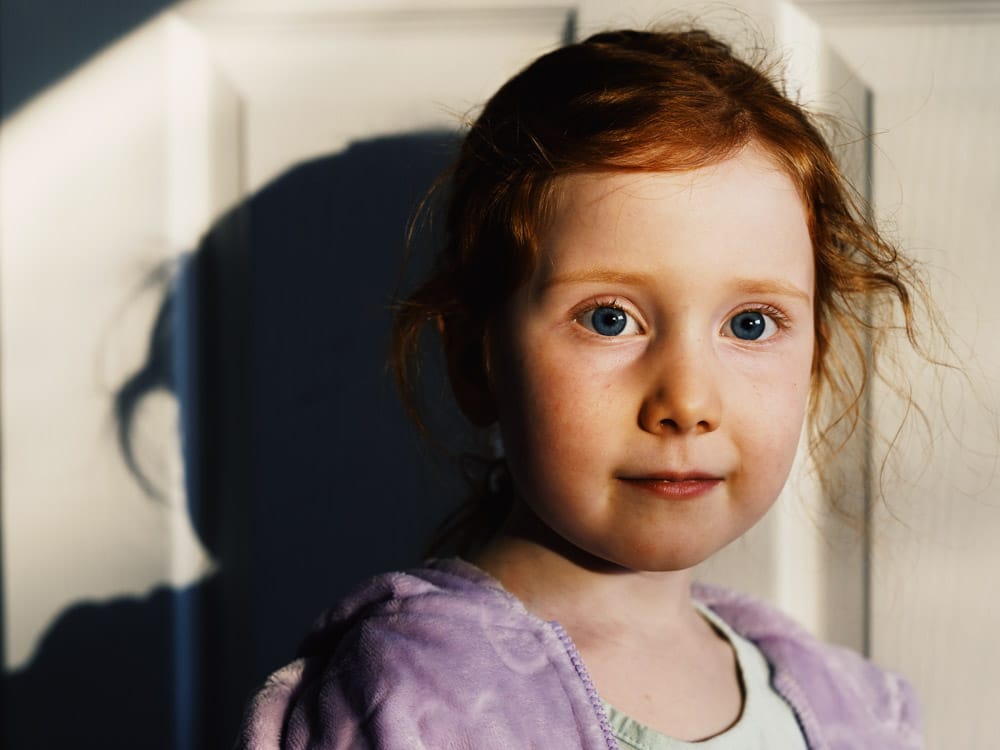
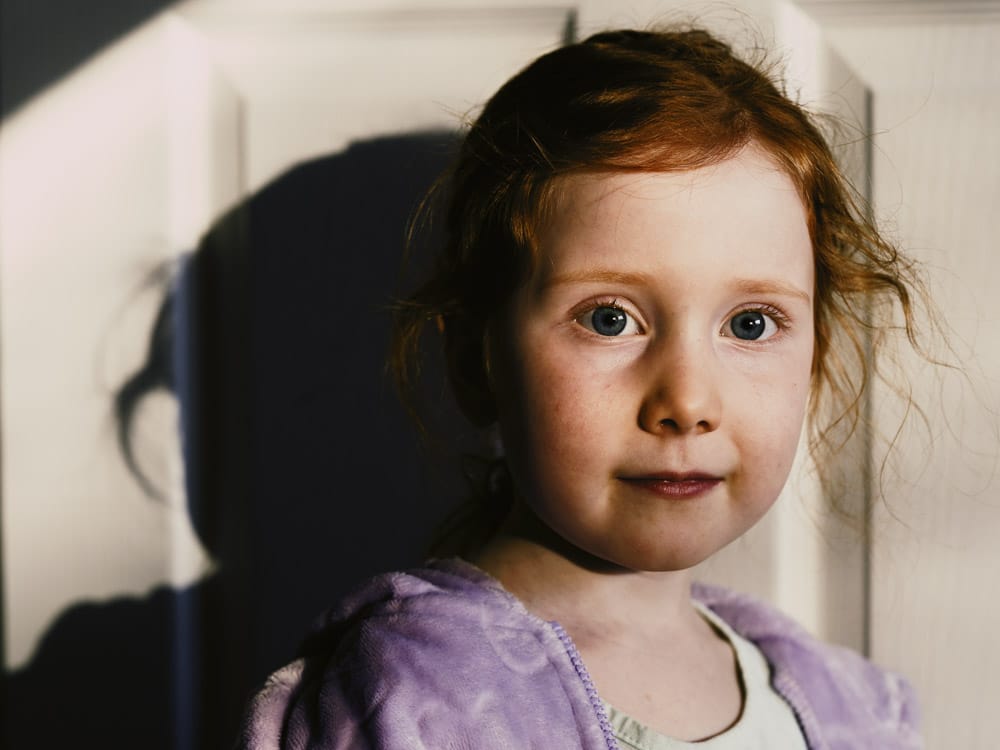
Leave a Reply